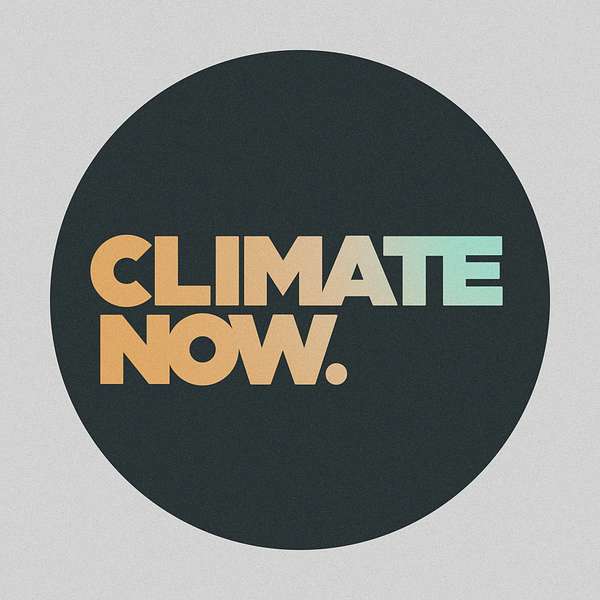
Climate Now
Explaining the key scientific ideas, technologies, and policies relevant to the global climate crisis. Visit climatenow.com for more information, video series, and events.
Climate Now
What will happen when the permafrost thaws?
Since the Industrial Revolution nearly 150 years ago, global average temperatures have increased by more than 1 degree C (1.9 degrees F), with the majority of that warming occurring since 1975. But during these recent decades of accelerated warming, temperatures in the arctic (latitudes above 66 degrees north) have have been rising even faster - nearly four times faster than the average global rate. The most readily observable impact of such intensive localized warming has been the rapid melting of the Greenland ice sheet, which is significant enough to be turning heads of even stalwart climate skeptics. But a less discussed (and perhaps even more dangerous) positive feedback to the warming planet is the rate at which permafrost is melting due to the quickly elevating arctic temperatures.
Dr. Susan Natali, Arctic Program Director and senior scientist at the Woodwell Climate Research Center, sat down with Climate Now to teach us about permafrost: what it is, why it is disappearing, and the potentially drastic - and so far barely accounted for - impact it can have on greenhouse gas emissions. Listen to find out why tackling decreasing global greenhouse gas emissions as fast as possible is likely even more urgent than we thought.
Follow us on Twitter, LinkedIn, Facebook, and Instagram.
Contact us at contact@climatenow.com
Visit our website for all of our content and sources for each episode.